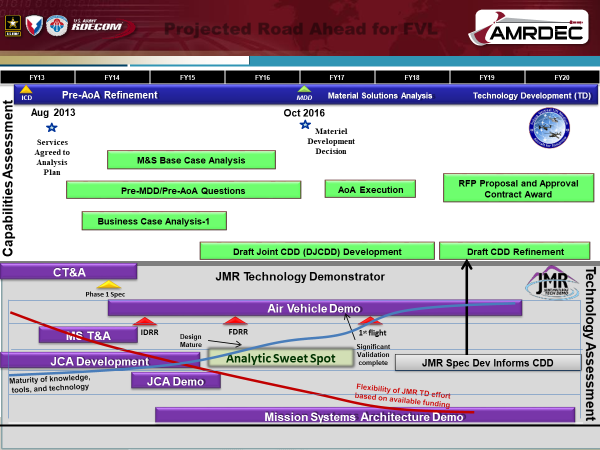- Joined
- 18 October 2006
- Messages
- 4,209
- Reaction score
- 4,901
FLRAA delay will cut into Bell profits, CEO says
(Inside Defense, July 29, Evan Ochsner)
The Army’s multi-month delay in announcing the winner of the competition to replace the Black Hawk helicopter will result in a decrease in annual profits for Bell, its parent company’s CEO said Thursday.
Bell is competing against a joint bid from Sikorsky and Boeing to manufacture the Future Long-Range Assault Aircraft for the Army.
The company had originally anticipated a FLRAA decision this month, but it now appears the earliest the Army will likely make its announcement is October. That means Bell will keep employing its FLRAA team for additional months but without the benefit of winning the contract award to fund the team, Textron CEO Scott Donnelly told investors during an earnings call Thursday.
“That's probably a three- or four-month slip from where we thought it would be when we gave our guidance originally,” Donnelly said. “So, obviously we have a big team and we're going to retain that team and keep pressing on, but certainly that will result in some more investment in our program before we get to a contract award.”
The result will likely be lower profits for Bell this year, even if its revenue is strong, he said.
Bell is expecting the FLRAA announcement “sometime in October,” likely after the annual Association of the United States Army meeting, according to Donnelly.
Army acquisition executive Doug Bush on Wednesday left the door open for a September decision during a conversation with reporters, but he also suggested the decision could come later: “The goal would still be the end of fourth quarter '22, and perhaps early first quarter '23, fiscal '23. But I don't have an exact date yet.”
Bush established the September decision target during congressional testimony earlier this year.
Donnelly said Thursday the Army appears to be in its “detailed evaluation phase” of the decision process: “There haven't been data requests or proposal-related activity here for some time.”
Bell faces further headwinds due to the drawdown of the H-1 upgrade program, a key revenue stream for the company, officials said Thursday. Bell is seeing lower demand volume for that helicopter program, Donnelly said.
Bell reported $687 million in second quarter revenue, down $204 million from last year, a drop consisting primarily of a $170 million decrease in military revenues, which the company attributed to the H-1 demand slip.
The company said its second-quarter profit of $63 million was down $47 million from the year before.
(Inside Defense, July 29, Evan Ochsner)
The Army’s multi-month delay in announcing the winner of the competition to replace the Black Hawk helicopter will result in a decrease in annual profits for Bell, its parent company’s CEO said Thursday.
Bell is competing against a joint bid from Sikorsky and Boeing to manufacture the Future Long-Range Assault Aircraft for the Army.
The company had originally anticipated a FLRAA decision this month, but it now appears the earliest the Army will likely make its announcement is October. That means Bell will keep employing its FLRAA team for additional months but without the benefit of winning the contract award to fund the team, Textron CEO Scott Donnelly told investors during an earnings call Thursday.
“That's probably a three- or four-month slip from where we thought it would be when we gave our guidance originally,” Donnelly said. “So, obviously we have a big team and we're going to retain that team and keep pressing on, but certainly that will result in some more investment in our program before we get to a contract award.”
The result will likely be lower profits for Bell this year, even if its revenue is strong, he said.
Bell is expecting the FLRAA announcement “sometime in October,” likely after the annual Association of the United States Army meeting, according to Donnelly.
Army acquisition executive Doug Bush on Wednesday left the door open for a September decision during a conversation with reporters, but he also suggested the decision could come later: “The goal would still be the end of fourth quarter '22, and perhaps early first quarter '23, fiscal '23. But I don't have an exact date yet.”
Bush established the September decision target during congressional testimony earlier this year.
Donnelly said Thursday the Army appears to be in its “detailed evaluation phase” of the decision process: “There haven't been data requests or proposal-related activity here for some time.”
Bell faces further headwinds due to the drawdown of the H-1 upgrade program, a key revenue stream for the company, officials said Thursday. Bell is seeing lower demand volume for that helicopter program, Donnelly said.
Bell reported $687 million in second quarter revenue, down $204 million from last year, a drop consisting primarily of a $170 million decrease in military revenues, which the company attributed to the H-1 demand slip.
The company said its second-quarter profit of $63 million was down $47 million from the year before.












